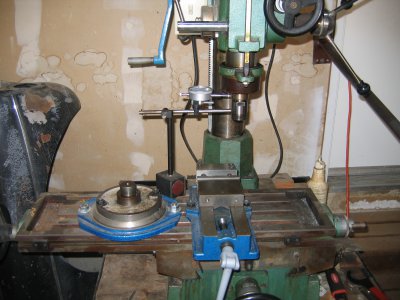The Headstock to Tailstock will get you stared in the right direction. Twist or if the Tailstock is out of alignment side ways will get you cutting tapers and un-straight (?) pieces. That will take time and experimentation to correct. Lots of videos on how to do this. By the way, this not a one time and you are done, at least not to start.
I understand what you are asking about the mill. It doesn't matter. You can watch You Tube and see on real Bridgeports where they swing the head out back and forth and on angles to reach features. The head MUST NOT MOVE from where you have it. After that the mill table will cut perfectly straight in X or Y axis. Try this. Move your head about 5 degrees from straight and do some cutting. Everything should be OK. If you think you might be a degree or so from perfect, it doesn't matter.
I have AXA tool holder and just made an adaptor to hold HSS 1/4" It doesn't make much snse to me to grind an .028 wide cutter from 1/2" when 1/4" will do fine. The cutter is for E clips, .010 deep.

